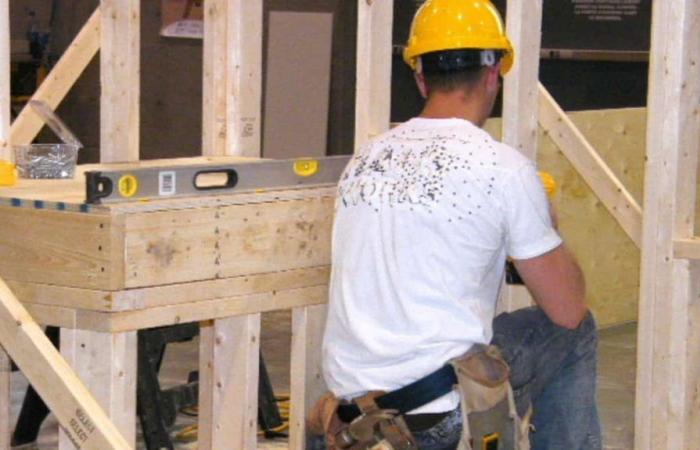This week, the failure of accelerated training in the construction industry (certificates of professional studies, or “AEPs”) sparked a lot of discussion.
CSD Construction had expressed reservations towards AEPs from the start, and today, preliminary results confirm its fears: only 26% of graduates actually work in the industry to date.
The Minister of Labor, Jean Boulet, affirms that the results are not final, since students have until December 2025 to integrate the industry. Nevertheless, a major trend is emerging and for a program that cost more than $300 million, let’s be frank, it is a resounding failure.
Reasons for failure
This raises an important question: why have so few AEP graduates entered the construction industry? It’s definitely not to renovate their basement. It is time to move away from this simplistic thinking and examine the real reasons behind this failure. It’s easy to point the finger at students, but the reality is that the problem is not with them.
It is rather the absence of measures to allow graduates to integrate well into the industry that poses a problem. Many have taken steps to find employment, without success.
The problem lies in the reluctance of employers to hire these people. Construction companies, although in great demand for labor, should be required to play a more active role in hiring qualified people. They are the ones who should be responsible for the proper functioning of this system.
Solution
An effective solution would be for employers to commit to hiring students registered with the AEP, even before the start of their training. Once they graduate, these people would already have a guaranteed job.
If employers need qualified workers so much, they should commit to hiring them from the start of their journey. This would provide a guarantee of employment for graduates, while meeting the pressing labor needs in the industry. This is already the principle used in labor pools: workers can join the industry provided they obtain a guarantee of 150 hours with a specific employer.
It is clear that the current AEP model is not working, as we predicted. It is urgent to question our practices and our culture if we want to successfully integrate new hardworking people and ensure positive retention. We must maintain training programs which guarantee quality education such as the DEP (in conventional mode or alternating work-study), but also effective integration into the labor market, through a guarantee of employment from the employer before even start training.
Furthermore, the government has cut corners with this program, without listening to the unions’ proposals. It is not true that waiting for the final results will change anything about the verdict: the AEPs under construction, in their current form, do not work.
Photo provided by CSD Construction for Carl Dufour
Carl Dufour
President of CSD Construction






